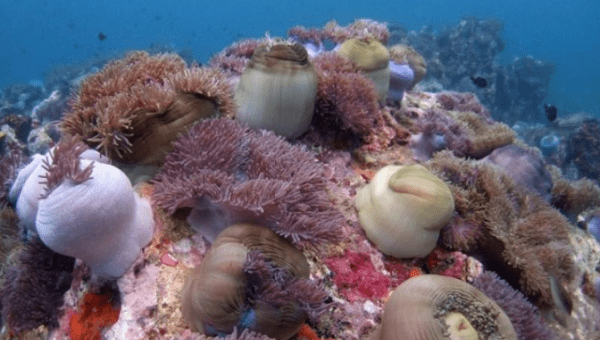New Species discovered off the Pacific Coast of Panama

A new species of Coral was discovered in Hannibal Bank a popular deep sea fishing destination and biodiversity hot spot near Coiba National Park, a UNESCO World Heritage Site.
Panamanian and Costa Rican scientists announced the discovery of the blood red coral in a scientific journal naming it Thesea dalioi, after Ray Dalio, an advocate of marine exploration. Coiba is a marine reserve known for biodiversity 60 km off mainland Pacific Panama. The area in which the coral was found was a “low-light reef” and considered to be a sensitive environment where little research has been conducted.
However, after just two 300 meter dives, researchers from the Smithsonian Tropical Research Institute in Panama (STRI) and the Centro de Investigación en Ciencias del Mar y Limnología (Center for Ocean Science and Limnology, CIMAR) at the University of Costa Rica made several discoveries. The team surfaced with descriptions of three new species, identifying 17 species of octocorals.
Guzman told Science News: "Medical researchers have identified therapeutic benefits derived from both soft and hard corals such as anti-inflammatory and anti-cancer properties, bone repair and neurological benefits."
He continued, "our ability to contribute to the understanding of soft corals and their habitats depends not only on steady funding for the use of submersibles but also on our continued ability to obtain permission to work in Coiba National Park."
This discovery not only brings to light the importance of corals and their continued research, but also the importance of their environments. As scientists begin to research the coastal seamount of Hannibal Bank, a habitat with a wide range of corals, algae, and sponges, knowledge is gained on a sensitive and vulnerable environment. This knowledge aims to help Panama and Costa Rica, homes to a wide range of endemic species that rely on often under researched environments, develop conservation policies and save these coastal habitats.
Trending Tags
